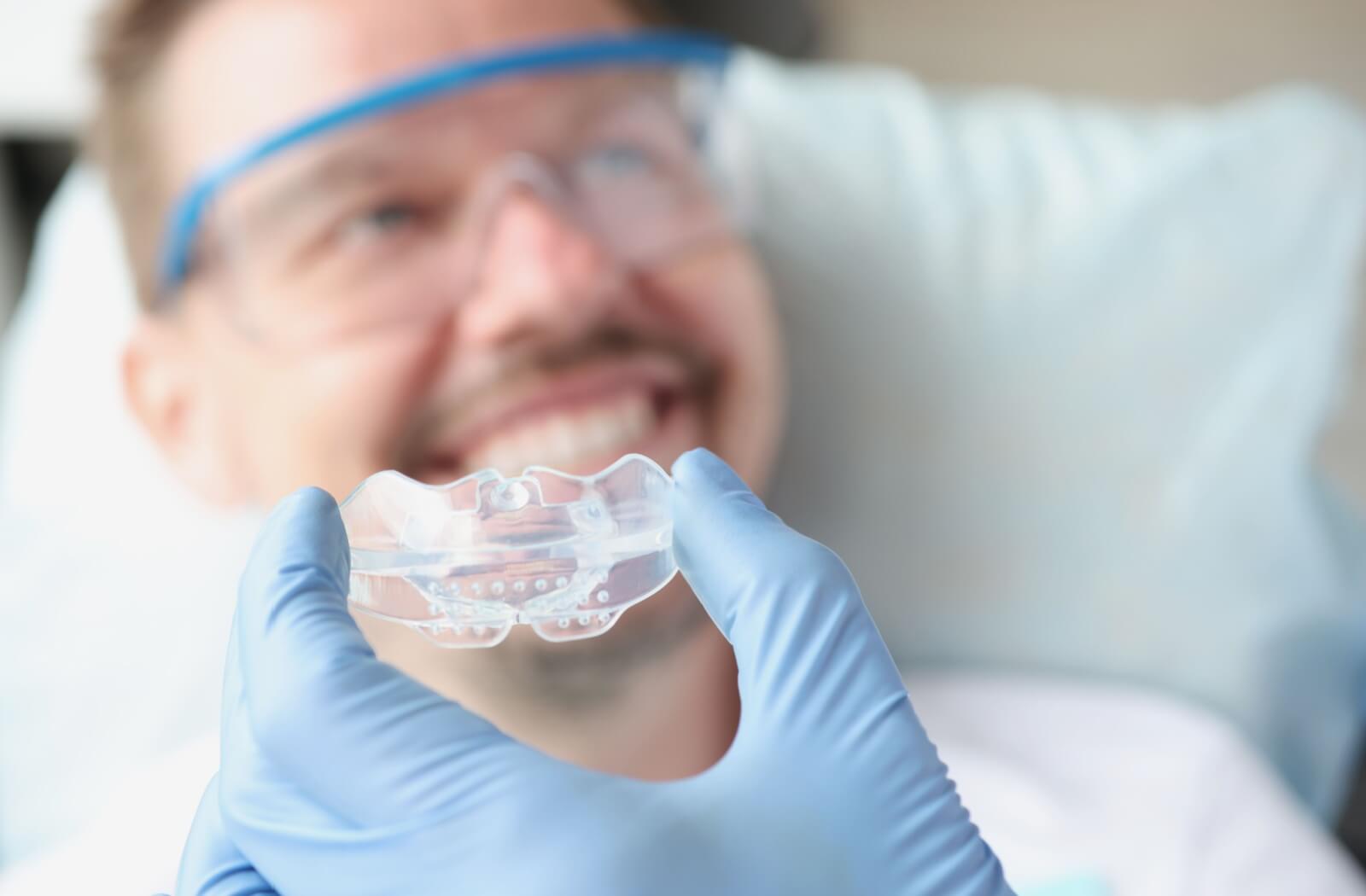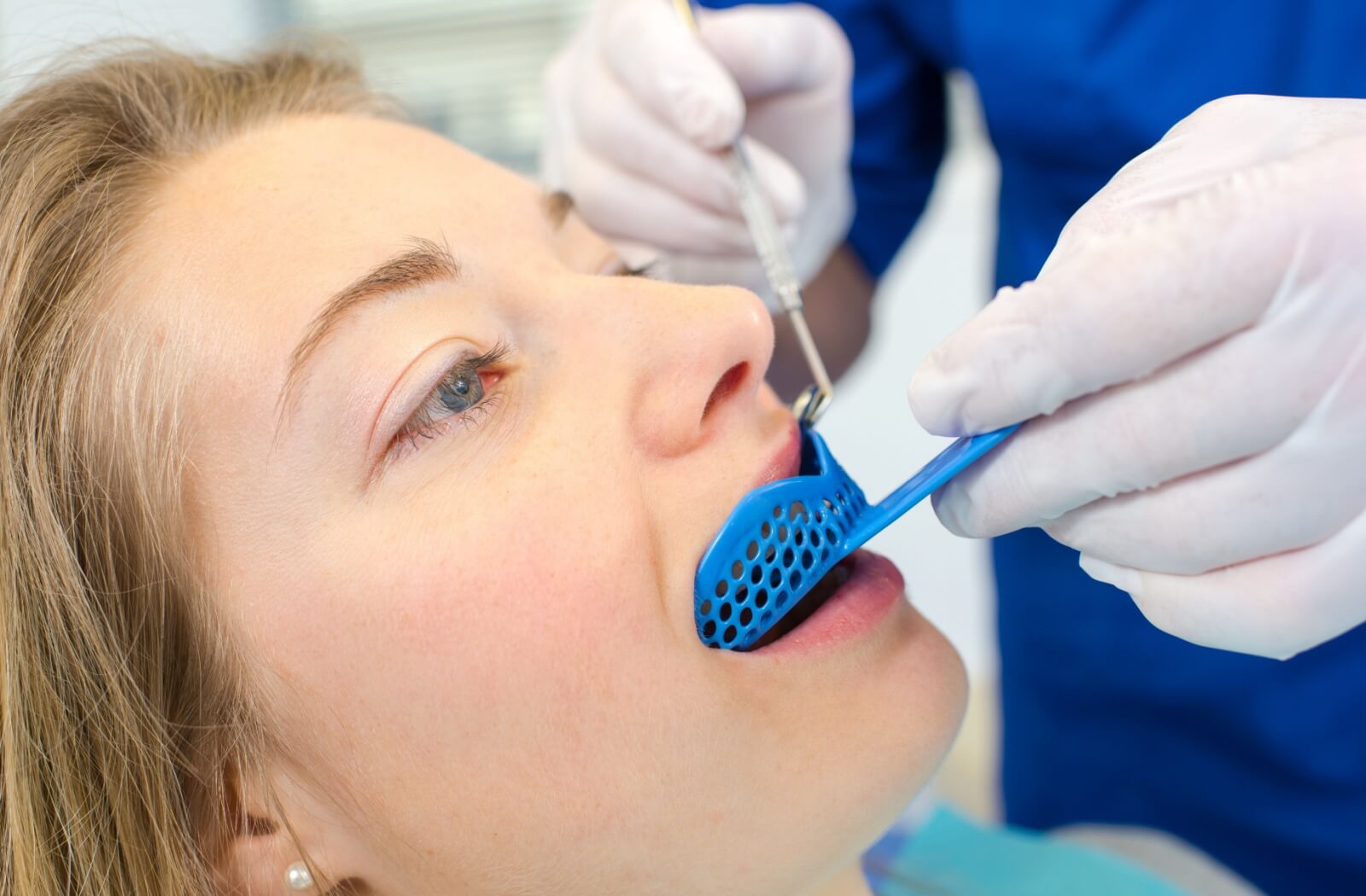How to Clean a Dental Mouthguard

Wearing a dental mouthguard helps protect your teeth from damage caused by grinding, clenching, or sports injuries. But what many people overlook is that mouthguards also require care in order to stay clean and effective.
The key to cleaning a dental mouthguard is rinsing it after each use, brushing it gently with a soft-bristled toothbrush, and then letting it air dry completely before storing it in a ventilated case. When properly cared for, your mouthguard should last longer and protect your oral health effectively.
Why Cleaning Your Mouthguard Matters
Cleaning your mouthguard is about more than just removing stains; proper cleaning helps protect your oral health and prolongs your mouthguard’s life.
Failing to clean your mouthguard regularly can lead to:
- Bacterial infections: A dirty mouthguard is a breeding ground for harmful bacteria, which can cause gum infections or bad breath.
- Cracks or wear: Debris can weaken the material over time, making it less effective at protecting your teeth.
- Odor: Without proper cleaning, mouthguards can develop an unpleasant smell, making them uncomfortable to wear.
A clean mouthguard helps protect your teeth, maintain oral hygiene, and extend its lifespan—three great reasons to establish a proper cleaning routine!
The Difference Between Mouthguards & Retainers
Before we get into the specifics of cleaning, it’s important to distinguish between dental mouthguards and retainers, as these devices serve different purposes and require slightly different care.
Mouthguards
Mouthguards are protective devices designed to prevent damage to your teeth. They’re commonly used for:
- Sports: To protect teeth from impact during high-contact activities.
- Night Guards: To prevent grinding or bruxism during sleep, protecting your enamel and reducing jaw pain.
Retainers
Retainers, on the other hand, are typically prescribed after orthodontic treatment to maintain alignment of your teeth, Unlike mouthguards, they aren’t designed to absorb impact or withstand grinding. They do, however, also require proper cleaning.
Steps to Clean Your Dental Mouthguard
A proper cleaning routine is important for helping your mouthguard stay free of bacteria, plaque, and odour. Here are some tips to keep your mouthguard in good shape:
- Rinse after use: After removing your mouthguard, rinse it under cool water to remove saliva and debris. Avoid using hot water, as doing so could warp the material.
- Brush gently: Use a soft-bristled toothbrush and non-abrasive toothpaste to clean all surfaces of the mouthguard.
- Air dry completely: Leave your mouthguard on a clean surface and let it air dry completely before storing it in a case, as moisture can promote bacterial growth.
Common Mistakes to Avoid
Many people accidentally damage their mouthguards by neglecting basic care practices. Here are some mistakes that you might want to try and avoid:
- Using hot water: Heat can warp the material and ruin the fit.
- Bleach or harsh chemicals: These can weaken or discolor the material, making it less effective.
- Skipping drying: Moisture encourages bacteria and mold growth, so never store a damp mouthguard.
- Neglecting the case: A dirty storage case can contaminate your mouthguard, undermining your cleaning efforts.
By avoiding these habits, you can keep your mouthguard functioning properly for longer.
Proper Storage to Protect Your Mouthguard
Storage plays a role in maintaining your mouthguard’s condition. Always try to store your clean, dry mouthguard in a ventilated case when it’s not in use. Avoid tossing your mouthguard into gym bags or leaving it exposed to unclean surfaces.
Make it a habit to clean the storage case regularly. Wash the case, rinse it thoroughly, and allow it to dry fully before use. Inspect your mouthguard frequently for signs of wear or damage, and replace it if needed.
If your current mouthguard doesn’t fit well or has visible cracks, it’s time to get a new one. Reach out to Little Italy Dentistry for professional guidance on custom dental mouthguards designed specifically for you.

Maintaining Overall Oral Health
While mouthguard care is important, keeping your teeth and gums healthy shouldn’t be ignored. Follow some of these best practices to keep your oral health in check:
- Brush floss regularly:Brush twice per day and floss daily to remove plaque and food materials.
- Use mouthwash: An antibacterial rinse can help reduce bacteria in areas a toothbrush can’t reach.
- Visit your dentist regularly: Routine checkups and cleanings are helpful for catching potential issues early.
By combining these practices with regular mouthguard care, you can work towards long-term oral health and fewer dental complications.
Take the First Step Toward a Cleaner Mouthguard
By establishing a simple daily and weekly cleaning routine, you can prevent bacteria buildup, extend your mouthguard’s lifespan, and help protect your smile.
If you have questions, concerns, or need a new custom-fit mouthguard, Little Italy Dentistry is here to help. Our expert team specializes in dental hygiene and personalized care plans tailored to meet your unique needs.
Schedule an appointment today and take the first step toward a healthier, brighter smile.